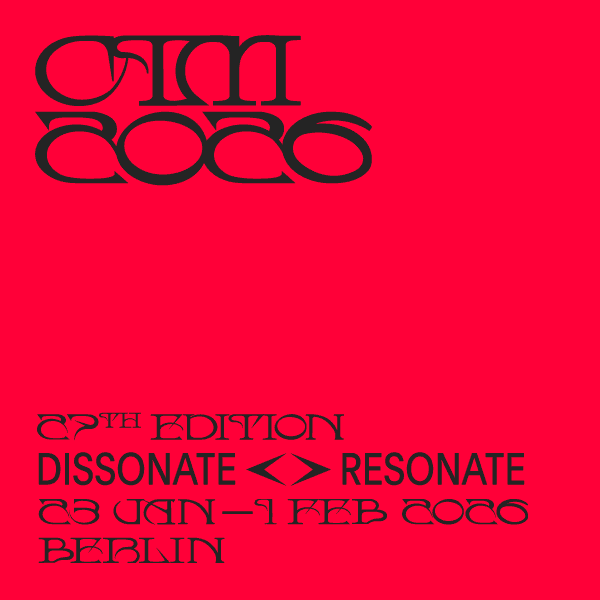The Danish Music Review
The Danish Musie Review
Change of Editors
(61-62)
On and from the first of July Gunnar Heerup, M.A., and Søren Sørensen, M.A. have left the editorial staff of The Danish Musie Review. They have been replaced by Sigurd Berg, bibliographer of music, and Frede Schandorf Petersen, the musie eritic, who have taken over the editing of the paper.
The Printers' Strike
(62)
The printers of Copenhagen have been on strike from March to July. For this reason The Danish Music Review has, not been able to issue any parts for the past five months. The editors hope, however, to be able to issue two numbers a month during the next months so that the usual twelve annual parts will be issued before the end of the year.
The Death of Rupolph Simonsen.
(63-64)
Rudolph Simonsen, the director of the Royal Danish Music Conservatory in Copenhagen died on March 28th at the age of 58 years only. He had been suffering for several years, and during the German occupation of Denmark he was forced to go to Sweden because of his non-Arian extraetion. His great love for the art of music made him a very inspiring lecturer and teacher. To him the most important thing was to make his pupils aware of the profound and purest values of niusic. At the same time he was a very active composer, and has produced four symphonies besides several string quartets, a piano concerto, choir works, and songs.
From early youth he belonged to the circle centering around Carl Nielsen, the great Danish composer.
The Interpretation ol Baroque-Musie, 3
(64-70)
Finn Viderø, organist of the Trinitatis Art and the Demands ol Art
Church (see p. 29), has just finished his paper on the interpretation of the Baroque music. The writer mentions the difficulty of executing Baroque musie on modern instruments and shows the incorrectness of the accepted view that the old instruments lack expression; on the contrary, they possess a richness of variety and fineness of tone. The person who is not acquaintanced with. the atmosphere inherent in a cembalol a clavichord, a viola d'amore, a viola da gamba, a recorder etc. will never reach full understanding of the old music. Basing his exposition on some of the theoretical manuals of the 18th century (Rousseau, Quantz, Rameau, a.o.) he gives an account of the abilitydemanded of the musician to supplement what is not exactly written in the notes themselves. At that time a far greaterability of the musician was required than now-a-days, and he was at the same time. allowed greater liberty both as regards rhythm, figuration, and dynamics. At the end the writer comments upon improvisation which was often demanded of both, the singer and the instrumentalist. In Baroque musie we find several places, marked "ad libitum", and the art of improvisation which was thus allowed to develop continued its existence in the. cadences of the classical solo- concerto. The 19th century negleeted to educate the musical sense in the direction. of' ereative improvisation, but lately improvisation based on Solfége has again come into the fore, and forms a necessary supplement, to the compositions studied. It is therefore to be hoped that in the future the executive musician will be in a better position to meet the demands of the interpretation of Baroque music.
Musical Life in Denmark 1864, 3
(70-75)
This number contains the last instalment of Oscar Comettant (see p. 28), the French reporter who wrote about. his impressions of musie in Denmark in 1864.
Ture Rangström in niemoriani
(75-76)
Poul Schierbeck, the Danish composer writes a few words in memory of his late friend Ture Rangström, the wellknown Swedish composer and conductor who died in spring.
(76-78)
Leif Kayser, the young Danish composer who is at present in Italy preparing to take holy orders writes about the difficulties of artl particularly the art produced in a small country like Denmark to find recognition. in the world at large. He believes that some of these difficulties may be overcome when more attention is paid to technical perfeetibility, both, as regards the clarity of the notes which. influences the perfeet understanding of scores to a very great extent, and also as regards the practical. arrangement of the instrumentation. The formal clarity is also of importance, and the writer maintains that much. may be learnt f rom the French composers. But above all it is of the greatest, importance that you should find a person of ethical value behind the work of art because his human characteristics will always show in his art. Furthermore as art in a particular way is able to influence the human mind the artist has agreat responsability of which he must be fully aware.
Report from Germany
(78-79)
Dr. H.Schmit-Garre writes about the huge difficulties which have to be overcome by German music in order to make a new start after the capitulation. These difficulties are not only material but owe their existence to the faet that the common musical sense of the people has been led astray by twelve years' harmful musical policy, and is now to be re-organized.
Fortunately in 1945 many vacant posts could be filled by excellent speckalists who for twelve years had been excluded from public life. The attention of musical life in Germany turns first and foremost towards the younger foreign cornposers. Shoslakovitch has obtained the most formidable succes, particularly with his fifth and seventh symphonies, but also Messiaen, Britten, Piston, Barber, Copland and several Russian composers (Shebalin, Kabalevsky and Khatchaturian) have been accepted by the German public. Among the German composers Paul Hindemith is at the moment in the forefront, and among the younger we find Karl Amadeus Hartmaniz, who on the whole bases his musie on that of Alban Berg and Schönberg. He is considered the most hopeful. of the composers of the new Germany.
Danish Musical News
(80-82)
// In the Royal Theatre of Copenhagen a large organ has been installed on the stage.
// At the international choir-competition at Llangollen in Wales the Danish choir "Bel Canto" condueted by Karl Clausen was placed third.
// The Danish government is founding four symphony orchestras of 64 musicians each. Together these orchestras will play at 1340 concerts all over Denmark, and are expected to influence the musical education of the Danish people to a very great extent.
Bibliograpby of Books about Husle
for the Ycar 1944
In this and the f ollowing numbers of The Danish Musical Review we bring a list of books and papers on music, and the personalia of musie published during 1944 in Denmark. Such a list is a continuation of lists printed in earlier issues and will continue to appear every year in this paper.
I. S. C. M. in Copenhagen
The next issue of the Danish Music Review will be a special number devoted to the musical festival of I.S.C.M. in Copenhagen from 29t1i to 4th June of this year.

